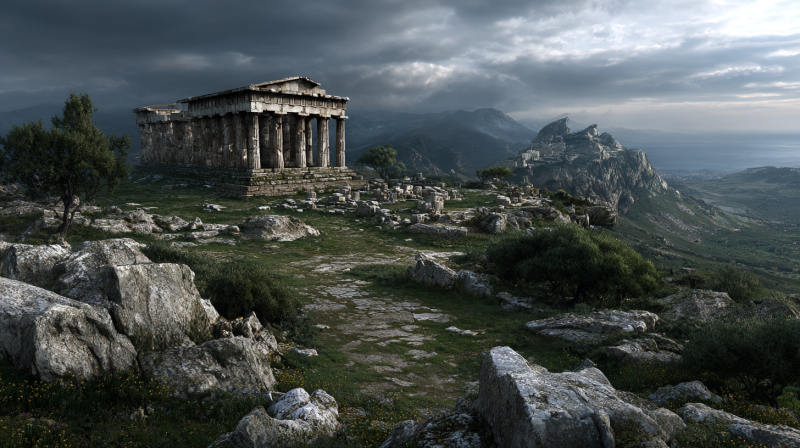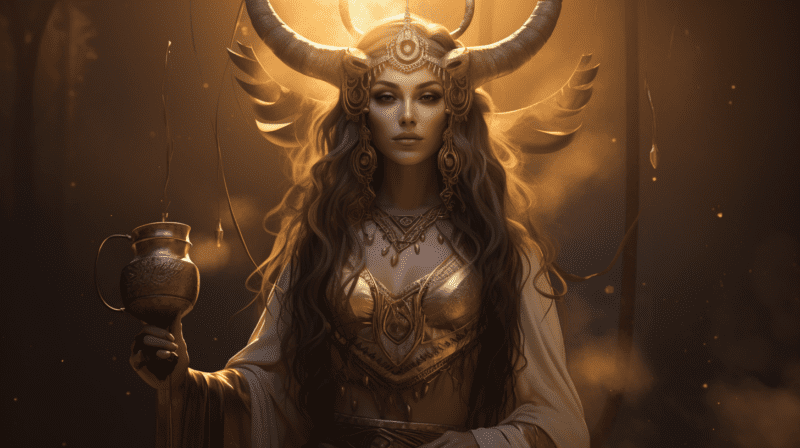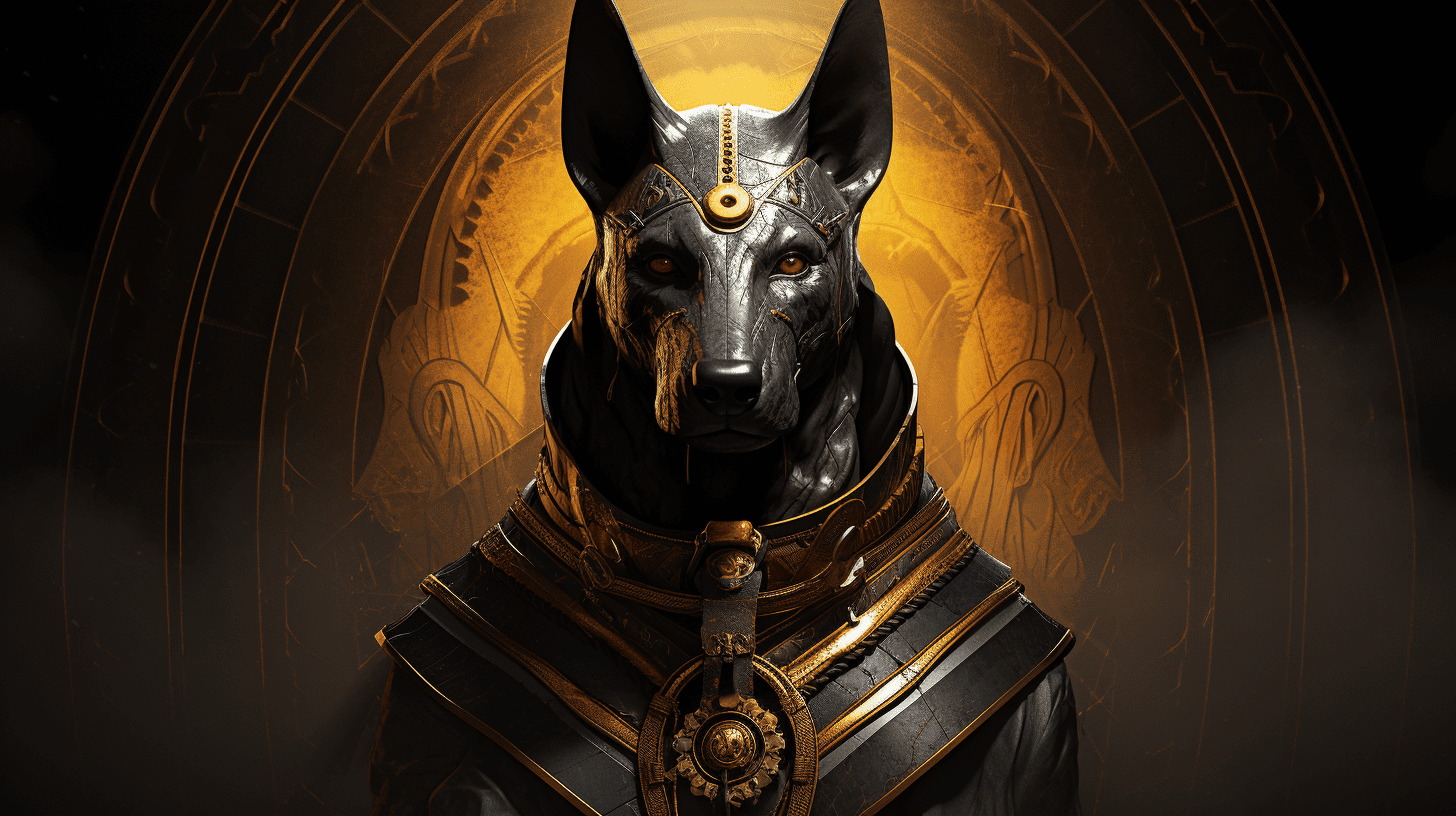The Ruler of Winter
Cailleach, the goddess of Scotland and parts of Ireland, is the incarnation of the dark mother, the harvest goddess, or the hag or crone figure. She arrives in late autumn, as the soil is dying, and is known as a storm bringer. She is often represented as an elderly woman with one eye, terrible teeth, and matted hair. According to mythologist Joseph Campbell, she is known as Cailleach Bheur in Scotland and Cailleach Beare along the Irish shore. Her name varies depending on which county and location she appears in.
The word cailleach means “veiled one” or “old woman” in Scottish-Gaelic, according to The Etymological Dictionary of Scottish-Gaelic. In some myths, she appears to heroes as a nasty old woman, but when treated well, she transforms into a pretty young woman who rewards them for good actions. In some accounts, she transforms into a massive gray boulder at the end of winter and remains that way until Beltane, when she reanimates.
Cailleach is the queen of the dark half of the year, while Brighid or Bride is the queen of the summer months. She is sometimes depicted riding on the back of a rushing wolf, wielding a hammer or wand composed of human flesh, and even wearing human skulls affixed to her clothing.
Interestingly, while Cailleach is commonly shown as a destructive goddess, particularly as a storm-bringer, she is also famed for her power to regenerate life. She is claimed to have carved mountain ranges, lochs, and cairns all throughout Scotland with her magical hammer. According to Carmina Gadelica, she is also recognized as a protector of wild creatures, particularly deer and wolves.
Moreover, it is worth noting that Cailleach’s influence extends beyond Scotland. Her mythological presence can also be found in ancient Irish folklore. In these tales, she is often depicted as a figure who controls the changing seasons, symbolizing the cyclical nature of life and death. The significance of Cailleach’s role as a deity is not limited to her destructive and regenerative powers alone. She is also revered for her wisdom and connection to the natural world. In some legends, she is said to possess the ability to shape-shift into various animal forms, allowing her to commune with wildlife and gain insight into the mysteries of nature.
In summary, Cailleach’s multifaceted nature portrays her as a complex and enigmatic figure in Celtic mythology. Her power to bring storms and destruction is balanced by her ability to bring forth life and protect wild creatures. Her presence in both Scottish and Irish folklore highlights the enduring reverence and fascination surrounding this ancient goddess.
Cailleach is a goddess of sovereignty in several Irish counties, who grants rulers the authority to rule their kingdoms. In this regard, she is akin to the Morrighan, another Celtic mythological destructive goddess.





